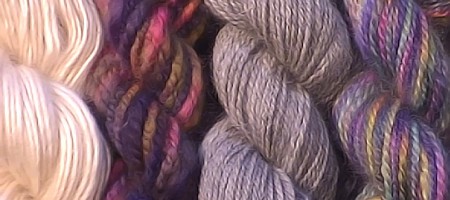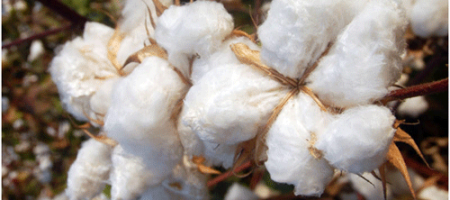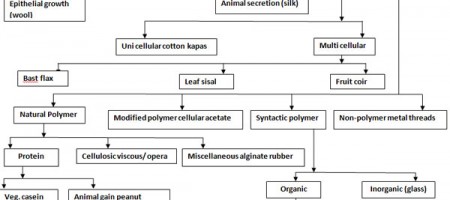Textile Archive
Difference between woolen and worsted yarn

Woolen Yarn Wrosted Yarn It is spun from short wool fibers of 1” to 3”. It is spun from long wool fibers longer than 3”. Woolen yarn diameter is medium or coarse. Wrosted Yarn has fine diameter.
Moisture Content and Moisture Regain

Moisture Content and Moisture Regain What is Humidity? Humidity is a term used to describe the amount of moisture present in the atmosphere. This can be described in terms of Absolute Humidity or Relative Humidity. Absolute Humidity:
Raw Cotton Fiber

The cotton fiber is the king of textile industries. In all over world people like to cotton fabric. It is the oldest fiber used for textile purpose. Now cotton is cultivated in most every country in the
Identification of Textile Fibers

There are different methods are used for identification of fibers: There are Non– technical Test: a) Feeling test b) Burning test In this test there is no requiring any special equipment or chemicals. Technical Test :
SINGING

Singing removes all protruding small hairs from the surface of the fabric and improves the leisters of the fabric. Objects of Singing: Bearing of the loose hair of fiber protruding from the surface of the cloth to
PROCESSING

Processing means, the grey cloth which is subjected to different process until a point where the customer satisfied by using it. Fabric is formed in the weaving department by interlacement of warp and weft threads. After formation
The Measurement of yarn count

In both Direct and Indirect system The length of sample yarn should be accurate. The weight of sample yarn should be accurate. In case of yarn available in form of package like Ring Bobbin, cone etc. In
Classification of textile fiber

The Textile Fiber are classified from their original source where the fiber are generates. There are mainly three types of textile fiber: Natural source fiber Animal source fiber Man-Made or Regenerated fiber The cotton, flax, jute bast,
Yarn count and yarn numbering system

Definition The count of a yarn is a numerical expression which defines its fineness. It is also called as yarn number or liner density. It is also called as yarn diameter. The fineness of yarn cannot be
Yarn count conversion formula

The count of a yarn is a numerical expression which defines its fineness. It is also called as yarn number or liner density. It is also called as yarn diameter. The fineness of yarn cannot be expressed
- 1
- 2